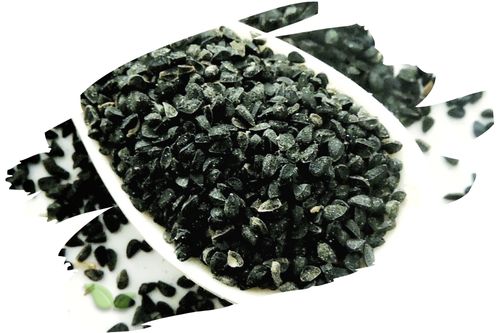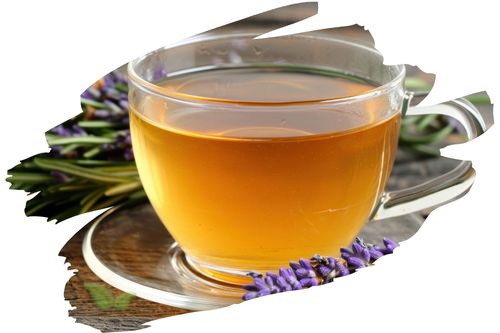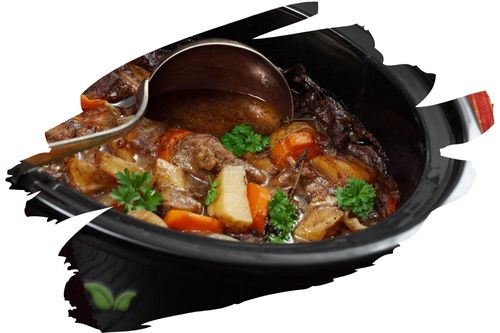
Introduction
Saffron, the precious spice that imparts a rich golden hue and a distinctive flavor to cuisines worldwide, has a remarkable journey from being a delicate flower to becoming a coveted culinary ingredient. In this article, we will delve into the captivating transformation of the saffron crocus, exploring its cultivation, history, and culinary significance. Join us on this aromatic adventure as we follow the path "From Flower to Spice: The Journey of a Saffron Crocus."
The Origins of Saffron
Saffron, scientifically known as Crocus sativus, traces its roots back to ancient Greece and Egypt. The LSI keywords used in this section include saffron's history, saffron cultivation, and saffron spice.
Saffron was initially cultivated in the Mediterranean region, where the climate and soil provided ideal conditions for its growth. The delicate purple flower, which blooms in the autumn, bears three crimson stigmas that are meticulously harvested to create saffron threads.
Cultivation of Saffron
The cultivation of saffron involves meticulous care and attention to detail. LSI keywords for this section include saffron farming, saffron cultivation techniques, and saffron flower.
-
Choosing the Right Soil: Saffron crocus thrives in well-drained, sandy soil. This crucial step ensures the health and productivity of the saffron flower.
-
Planting Saffron Bulbs: Saffron bulbs, also known as corms, are carefully planted in the soil during the summer months. These bulbs develop into the beautiful crocus flowers.
-
Harvesting Saffron Stigmas: The painstaking process of harvesting saffron stigmas requires nimble fingers and patience. Each stigma is plucked by hand, making it one of the most labor-intensive spice productions in the world.
Saffron's Rich History
LSI keywords for this section include saffron's historical significance, saffron in ancient civilizations, and saffron trade routes.
Saffron has a rich history dating back thousands of years. It was highly valued in ancient civilizations such as Egypt, Greece, and Rome for its culinary and medicinal properties. Saffron was even used as a currency in trade routes that spanned across continents, showcasing its immense value.
From Flower to Spice: The Transformation
The journey "From Flower to Spice" encapsulates the process of converting the delicate saffron flower into the prized spice used in various cuisines around the world.
-
Drying and Curing: After harvesting, saffron stigmas are carefully dried and cured. This process enhances their flavor and aroma, making them suitable for culinary use.
-
Packaging and Distribution: Once dried, saffron threads are meticulously packaged to preserve their freshness. They are then distributed to spice markets worldwide, where they find their way into kitchens, adding a touch of luxury to dishes.
FAQs (Frequently Asked Questions)
Q: What gives saffron its unique flavor and aroma? Saffron owes its distinctive qualities to the compounds picrocrocin and safranal, which contribute to its flavor and aroma.
Q: Why is saffron considered the most expensive spice? The labor-intensive harvesting process, coupled with the need for a large quantity of saffron flowers to yield a small amount of saffron spice, makes it the most expensive spice globally.
Q: Can I grow saffron at home? Yes, you can cultivate saffron in your garden as long as you provide the right soil conditions, adequate sunlight, and proper care.
Q: How should I store saffron to maintain its freshness? Saffron should be stored in an airtight container in a cool, dark place to preserve its flavor and aroma.
Q: Is saffron used in cuisines worldwide? Yes, saffron is a staple in many cuisines, including Indian, Middle Eastern, and Mediterranean, where it adds both flavor and color to dishes.
Conclusion
The journey of the saffron crocus, "From Flower to Spice," is a remarkable tale of ancient history, meticulous cultivation, and culinary delight. As we've explored, saffron's transformation from a delicate flower to the world's most expensive spice is a testament to its enduring allure. Whether you're a seasoned chef or a curious food enthusiast, saffron's rich history and unique qualities make it an ingredient worth exploring in your culinary adventures.
Alert: While spices can have many beneficial properties for health, using them for medical purposes should be done under the guidance and supervision of a healthcare professional or specialist. Some spices may interact with medications or cause adverse reactions in certain individuals, and it is important to use them safely and appropriately. If you are considering using spices for a medical condition, it is important to consult with a healthcare professional before doing so.




















































